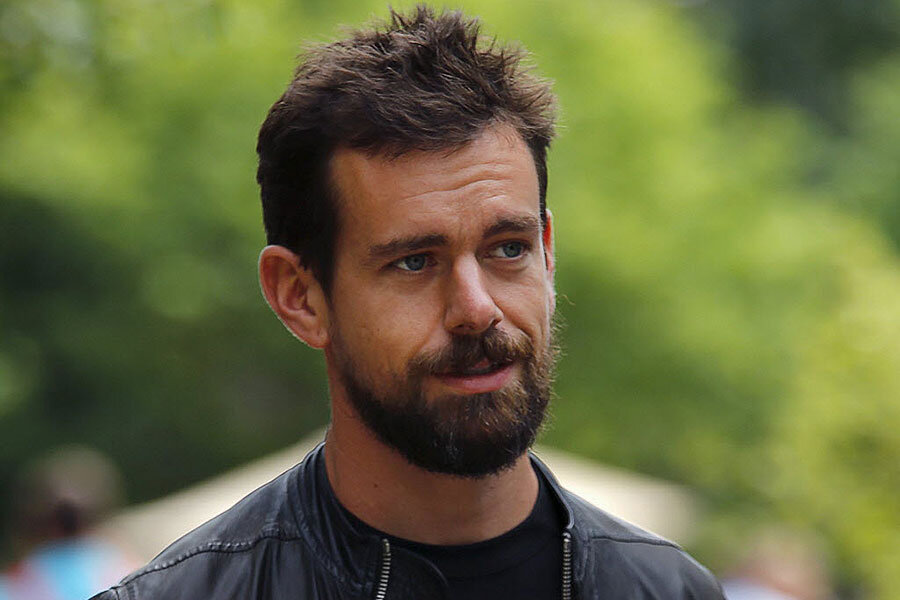Twitter increases character limits – sort of
Loading...
Twitter, the online social networking service which has built its reputation on the famously brief nature of each tweet, announced a somewhat-updated character limit Monday: Photos, videos, GIFs, so-called quote tweets and polls to messages will no longer count against each message's 140 overall characters.
The changes do not include, however, removing usernames from the character count, which the company promised to do "in the coming months" in a May announcement.
“We’re exploring ways to make existing uses easier and enable new ones, all without compromising the unique brevity and speed that make Twitter the best place for live commentary, connections, and conversations,” Twitter stated in a corporate blog post back in May. The impending revised character limit was announced under the headline, "express even more in 140 characters," and Twitter stated its overall goal was to allow users to "get even more from your Tweets."
The announcement came ahead of the actual implementation "so that everything works as it should when we roll these changes out," Twitter said at the time. This week, a company spokesperson told The Washington Post that the username changes would be introduced in the coming weeks to a small batch of users, before a larger roll out.
Originally founded in 2006, Twitter built a reputation on brevity. Limited to a strict 140 characters, users developed new styles for communicating thoughts, opinions, news stories, and social updates within the provided framework. While the initial popularity launched the start-up into the forefront of the modern media world – a spot that the now multi-billion dollar company still enjoys – increased competition in social media has contributed to a dramatic decline in revenue.
Twitter has struggled in recent years to continue expanding their user base beyond already-dedicated Tweeters, leading some to suggest that its changes are meant to draw in reluctant Twitter users, or make the experience more visual, since images and retweets no longer need to compete for space with text.
While Instagram, the photo-sharing app purchased by Facebook for $1 billion in cash and stock in 2012, rose to an incredible valuation of $35 billion in 2014, according to the New York Times – with an even greater year predicted by Credit Suisse for 2016 –Twitter has remained somewhat stagnant. Overall Instagram users rose to 400 million in September of 2015, surpassing Twitter and making them one of the more influential companies in the world. Instagram recently added a “live” feature, which puts them directly into competition with platforms like SnapChat that thrive off consistent live updates.
"Twitter's newest features, which could encourage users to attach more photos, may be a response to Instagram's serious marketing success as well," The Christian Science Monitor reported in May:
Twitter's newest features, which could encourage users to attach more photos, may be a response to Instagram's serious marketing success as well. Although the now Facebook-owned Instagram was created four years after Twitter, in 2010, the photo-based site has seen marketing revenue that Dorsey's company desperately needs.
Instagram advertisers benefit from twice as many ad clicks as other social media sites and its per-follower engagement rate for brands is 120 times higher than on Twitter. It's "no secret" that Instagram's success is largely due to "the overall cohesion of visual content" experienced and produced by the site's 75 million daily users, fellow media site HootSuite explains.
Twitter may have tweaked their formula in an effort to remain relevant and competitive in a rapidly developing industry. But although it will now allow users to post other media files without detracting from the text, actually increasing the character limit may not be in the cards. Twitter has consistently stood by its 140-character limit, feeling that it is directly linked to their brand identity.
"It's staying," said co-founder and current CEO Jack Dorsey on the Today Show in March. "It's a good constraint for us," he said, going on to state that while they will always be working to change and improve their platform, the limit will continue to be involved.






